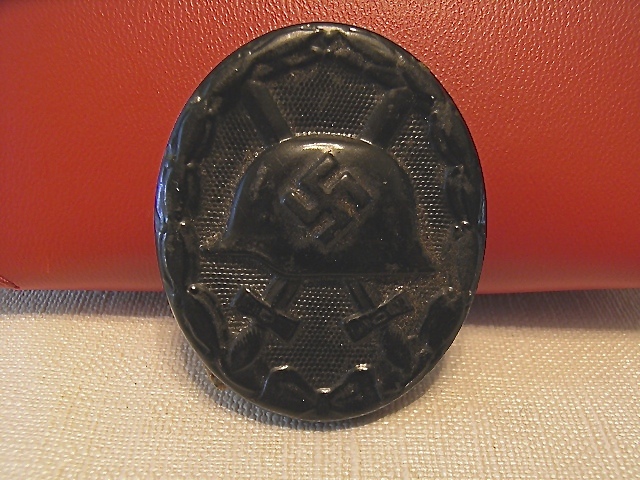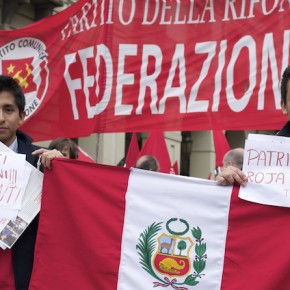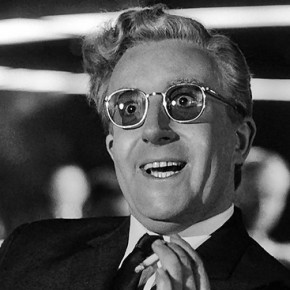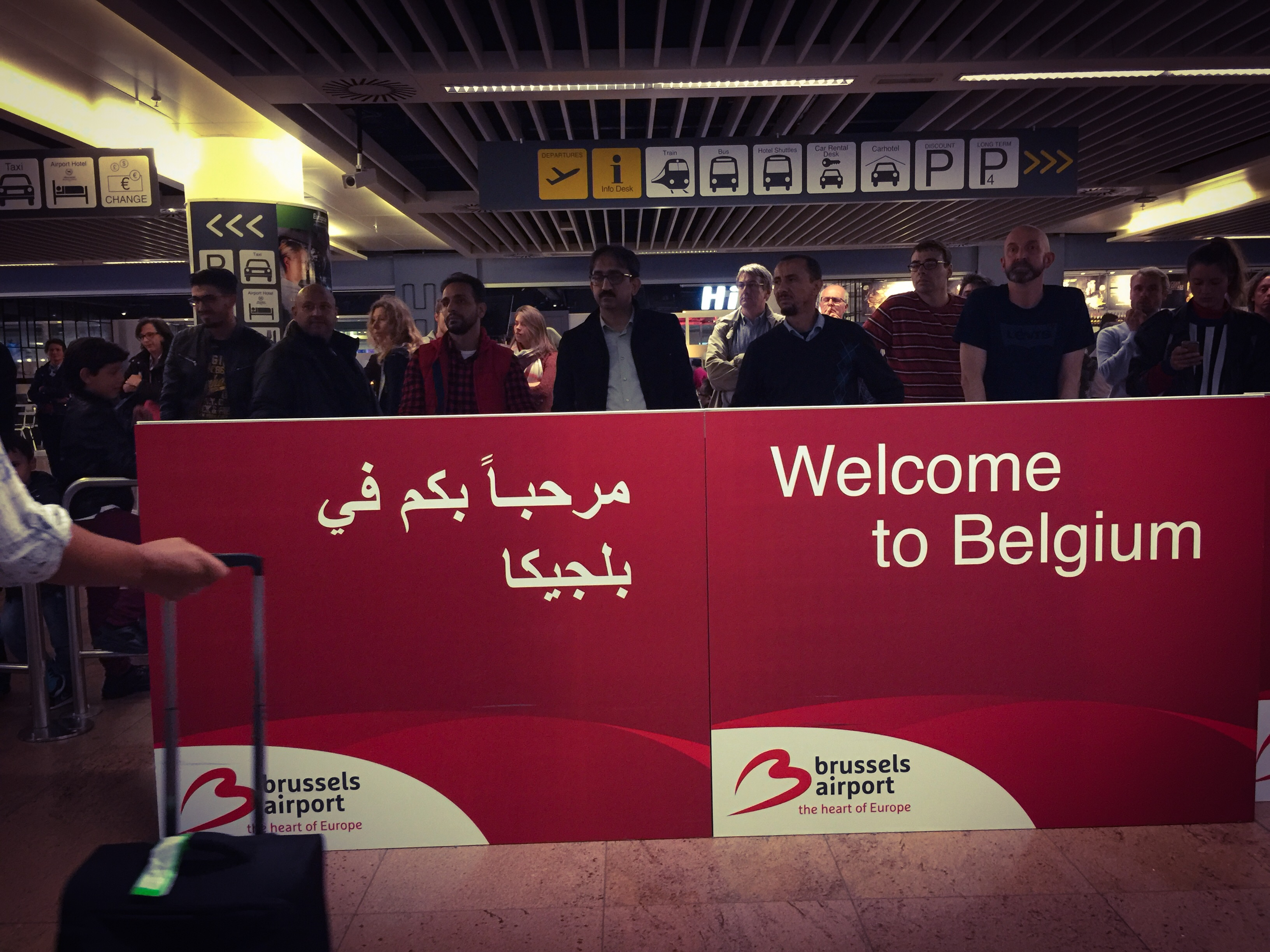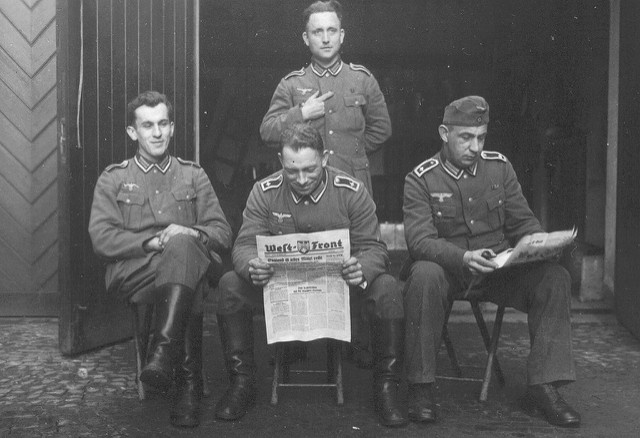One of the important tasks of the on-going project of Never Again for Anyone, including our own to take place in Berlin during the Holocaust’s 70th anniversary, is to highlight the danger of a resurgence of violent far-right activity in Europe. As a German resident, I think the most notable example in recent times is undoubtedly the case of the National Socialist Underground (NSU). NSU is a terror cell that has killed ten people, including a police officer, and has also spearheaded bomb attacks and other criminal activity over the past twelve years.
NSU was composed of three core members: Uwe Mundlos, Uwe Böhnhardt and Beate Zschäpe. They were acquainted through the neo-Nazi scene in the town of Jena in the 1990s. NSU also had a network of helpers that has been variously estimated as having between ten and two hundred people. Some observers say that this may have included members of German police and intelligence services. This lacks proof, but it is undeniable that investigative bodies have seemed to make nothing but mistakes since NSU came to light.
NSU remained active throughout the 2000s, until November 2011 when, following their increasingly hopeless attempts to flee from a bank robbery they had just committed in Eisenach, Mundlos and Böhnhardt were found dead. Mundlos had shot Böhnhardt and then himself. Zschäpe responded by blowing up the house she had shared with them, and was arrested four days later by police after a short run. Her trial is currently on-going in Munich.
There are lots of questions here. Probably the most important is how they managed to escape the police for so long, or indeed any serious investigation. Why, for instance, did investigators choose to rule out the possibility for any racial motivation in the nine deaths committed by NSU? Why did they focus on Eastern and South-Eastern European “criminal gangs” instead? Why did it take them so long to even identify the three people behind it all?
Despite the fact that Mundlos, Böhnhardt and Zschäpe had been on the run with an arrest warrant hanging over their heads since 1998, relating to large amounts of explosives and bomb-making material found in a Jena garage, and there were suggestions of a racist motive from individual officers and victims’ families, every attempt to push this line of investigation was thwarted. The threat of far-right violence was played down by the central investigators. The Parliamentary Committee for Enquiry recently concluded that intelligence services had been, “professionally speaking, blind in their right eye.”

The Committee, in their 1400-page report, further outlined some of the massive mistakes and deficiencies relating to the investigation of the NSU, or lack thereof. Although the report itself stopped short of ascribing specifically racist motives to the investigating officers, many of the political factions involved begged to differ. Representatives of the Social Democrat Party, The Left Party and the Greens variously attributed failures in the investigation to “structurally racist preconceptions,” “investigations carried out with presuppositions, attributions and stereotypes not to be attributed to racism of individual investigators, but rather forms of a structural, institutional racism,” and false or non-investigations “closely bound to racist presuppositions.”
Add to this as yet unexplained details such as the “accidental” shredding of hundreds of pages of documents related to the NSU, seemingly just a few days after the group and their activities became public knowledge, and the mystery surrounding why an intelligence official known locally as “Little Adolf” logged out and left a Kassel internet cafe at almost exactly the same time as the young man working behind the counter was shot dead, and it is easy to see why rumours of official involvement in the group’s activities refuse to go away.
What seems clear is that any analysis of the NSU cannot explain it away as the actions of a few rogue extremists. Rather, it must be seen as a representative of a deeper vein of racism, xenophobia, and far-right policies in German culture and society. The old saying “this is by no means only a German problem” applies here, but there is a reason that the far-right has made strong gains in Germany’s eastern “new states.” It is tied to structural factors. Unfortunately, though, neo-Nazis are so strong in the East that many West Germans have begun attacking neo-Nazism as an Eastern problem that came with unification, rather than a social and economic issue.
In that vein, there is a clear atmospheric link between the NSU and the National Democratic Party. One acts violently on what the other instills more subtly, which broadly, can be said of much of conservative politics, even if it intends otherwise. These forms of irrational politics all operate on fear and prejudice, in the end, and the NPD has not helped matters with its populist policy-making and determination to be a flag-bearer of the far-right.

One of the main differences between far-right supporters in East and West lies in their age and social class. In the West, they tend to be older, more middle class, guided by chauvinism, nationalism and anti-semitism, and in the East it is dominated by young, working class men disaffected by what they see as the broken promises of a system that was supposed to bring guaranteed prosperity. They lash out because they have witnessed the destruction of East Germany’s social and economic structures and dominantly have a perception that they are second class citizens within their own land.
In the small towns of the East, there is little hope of employment, social security or entry into West-dominated social elites, creating a feeling of “relative deprivation” that provides the ideal breeding ground for radicalisation. The movement’s youthful face in the East makes it obvious why that movement is more likely to embrace violence. The protagonists of the NSU are currently the best known exemplars of this tendency, but are by no means the only ones.
The actions of the NSU, then, are the natural conclusion to several different trends within German society. They cannot be classified as “terrorists” and “extremists” before being hidden from view. German politicians, culture, and society should use the NSU as an opportunity to look in the mirror and wonder why racism is such a huge part of the German social fabric. Will they scoff at the idea, or become determined to collapse the hierarchy between white Germans and minorities?
How Germans react to NSU will shape much of future race relations in the country. In the spirit of this, Never Again for Anyone must be articulated as a rallying call, otherwise, it will become a lonely cry in the dark.
Photographs courtesy of danfinkelstein, Aaron Gustafson, and Bogdan Migulski. Published under a Creative Commons License.
